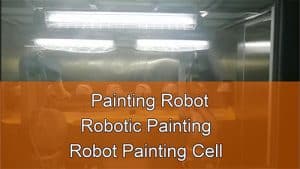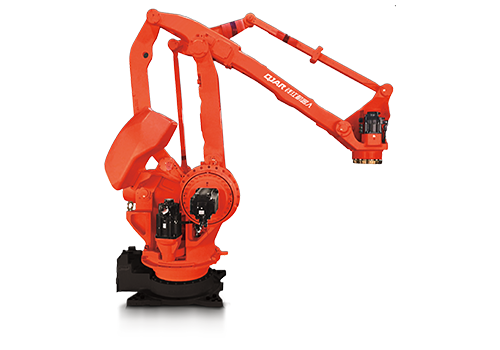
As different industries continue to embrace automation in their daily activities, demand for pick and place robotic arms is steadily increasing. This is because these arms come in handy to increase efficiency and reduce the need for human efforts on repetitive tasks.
They also help take care of tasks in an area that would otherwise be considered a hazardous work environment. Pick and place automation equipment is applied in different fields of business resulting in a better outcome on work done and increased overall productivity.
With such benefits in mind, having a pick and place arm is a great investment to consider. If you’re wondering how they work with such efficiency and what they are made of, read on.
Table of Contents
How the Robotic Pick and Place Arm Works
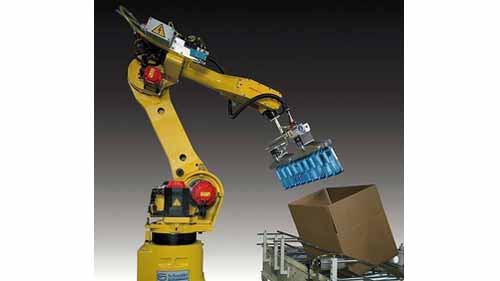
Source: indiamart.com
Pick & place robots work by making use of their joints. This applies to whichever industry or purpose they are meant for. These joints are used to join the two rigid bodies to ensure that the robot can accurately function.
They employ the use of either rotary joints or linear joints for their function. The pick n place robot comes with a steady base that features wheels to make it easier for it to move around. It also has two rigid bodies, the manipulator and the arm, one is fixed to support the other body.
The supported body is also known as the arm and features an effector/ gripper that has a great degree of freedom to move around. The arm bends or straightens to get the effector to the desired product.
The effector then picks up the product with a firm grip and places it in the required location. This movement carries on till the work is completed with satisfaction.
Basic Components Found in a Robotic Arm
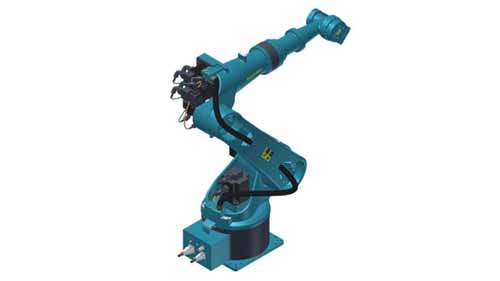
Source: automaticroboticarm.sell.everychina.com
Knowing the basic components of your automated pick and place machine will help you have a better understanding of why it is so efficient. Here are the components included in your industrial robot:
Manipulator
The manipulator is the robot system that allows for movement of any degree of freedom. They feature the use of joints to make them movable components to help get the job done right. The joints used in these manipulators enable a great deal of motion as the robots work.
Controller
The controller is the star of the show seeing as it is the brain of the Pick and Place robotic arm. It is used to operate the arm’s position and movements, keep track of time, and monitor the movements of the manipulator. This controller comes in 3 categories:
Mechanical
This is the most basic and simple way of operating a pick and place arm that was used even before they were programmable. The mechanical controller would maintain the response of the manipulator as pre-specified using mechanical linkage.
Hydraulic
These controls feature a liquid fluid power to perform at their best. They also include pistons, valves, and apply Pascal’s law of hydraulic drive systems to control movement. Pick and place industrial robots that use this control system, are meant to move large or heavy loads that don’t require extreme accuracy.
Electrical
This control system applies to tasks that require attention to detail and a great deal of accuracy. They are programmable to achieve the set operations keyed in as instructions. This is the most used control system today.
Pneumatic
Pneumatic pick and place units feature a control system that is dependent on compressed air or gas. This system works best for areas dealing with contaminants and other hazardous material.
Grippers
The grippers stand-in for the human hand making them an essential part of the pick and place operations. They come in different types determined by the object in question. This is because different objects will require a different level of grip in terms of strength and intensity. These grippers are used to move the product in question from one place to the next.
Sensors
These sensors come in different types including touch sensors, IR sensors, and others. They are used to monitor the internal and external state of the pick and place robot. This helps ensure that it is in a perfect state for operations.
Source of Power
The power source will vary depending on the mechanism, packaging, weight, and size of the system. This makes it very important to pay close attention to your selection of power supply. Your source of power could vary from pneumatic, electro hydraulic to electric. The aspects included in your system will determine which power source should be adopted.
Conclusion
Having a rough idea of how Pick and Place arms work is not always satisfying. For someone who wants to set this up in their respective workplace, he/she has to understand the components involved. These automation industrial robots are a good investment in any business. If you’re considering adopting their use, consider reaching out to the best pick and place robot arms suppliers in the market.
Also Read:
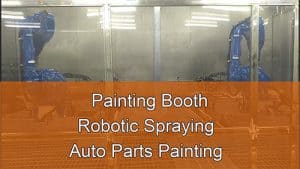
Painting Booth | Robotic Spraying | Auto Parts Painting
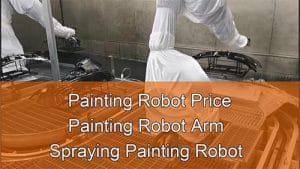
Painting Robot Price|Painting Robot Arm|Spraying Painting Robot
